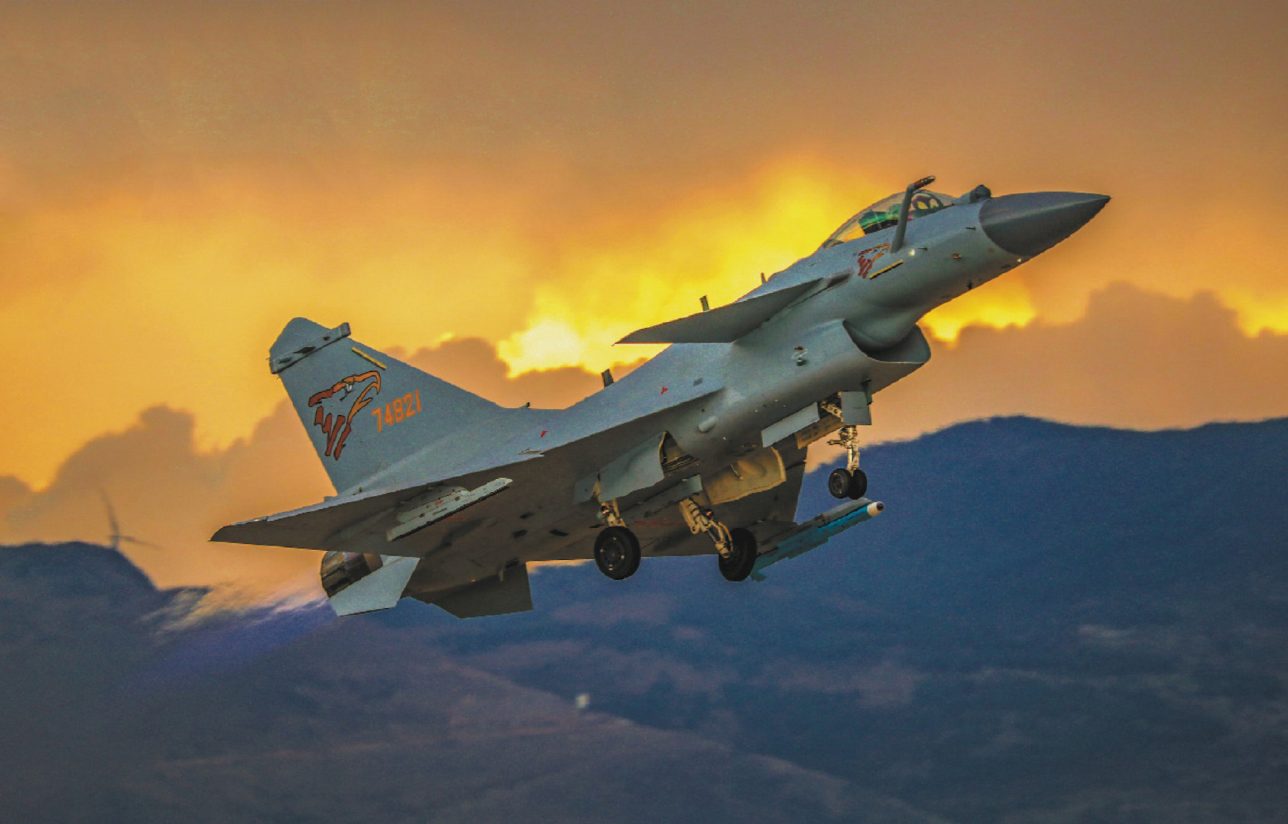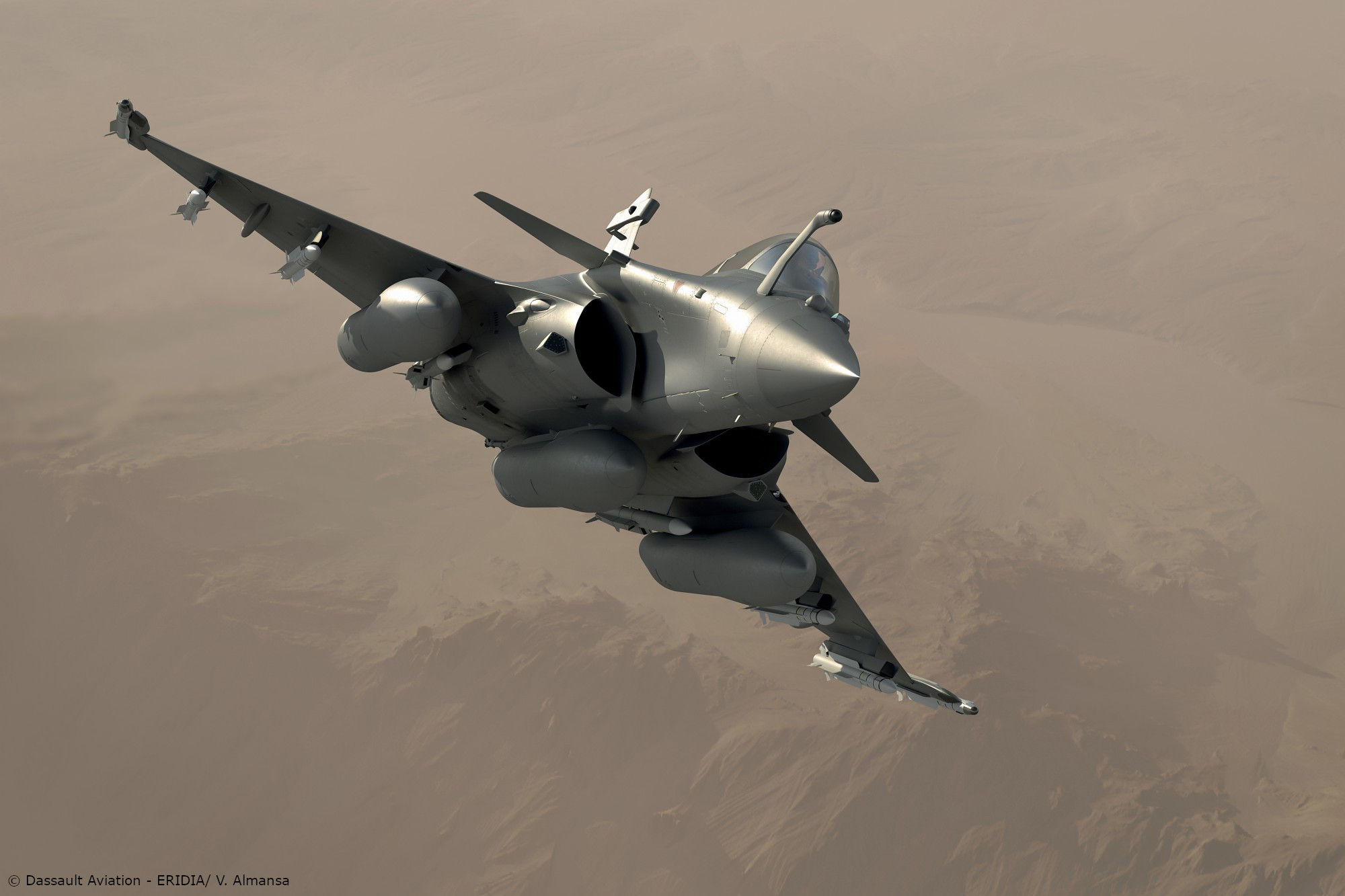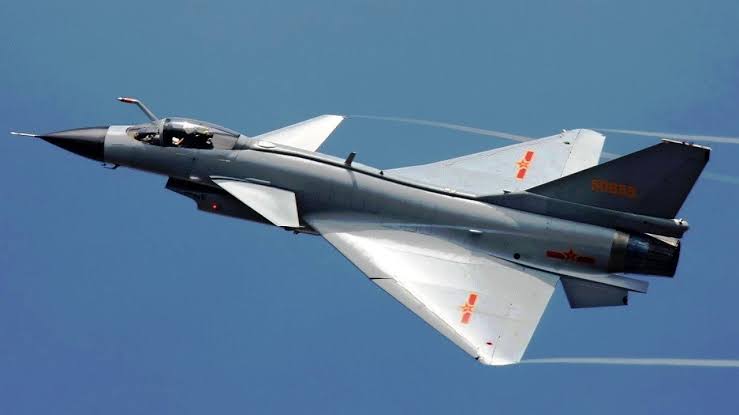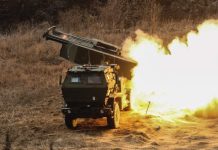When Pakistan and China first signed their joint production deal for JF-17 fighters, it was touted as a ground-breaking venture that would challenge India’s top-of-line fighter aircraft.
Even though the Pakistan Air Force (PAF) has a sizeable fleet of JF-17 Thunder, the service is set to induct another Chinese-made jet, J-10C, according to speculations.
Earlier this year, reports had emerged indicating that Pakistan was all set to receive 36 J-10C semi-stealth 4.5 generation aircraft from China, but there was no official confirmation on that.

An independent research platform, House for Strategic & International Affairs (HSIA), had in July posted on Twitter that “Pakistan is set to receive 36 J-10C semi-stealth, 4.5 gen advanced fighter Jets from China by the end of 2021.”
Reports had also emerged about Pakistan’s disenchantment with the existing JF-17s due to engine-related inefficiencies that hadn’t been resolved by China to date.
It could be speculated that Pakistan’s dissatisfaction with its ambitious JF-17 fighters which reportedly have significant shortcomings could be the reason for Pakistan buying new fighters of a different class from China.
With the delivery of the French-made Rafale jets to India nearing completion, the need to upgrade PAF’s fleet of fighter aircraft must have been felt by Islamabad that strives to achieve a balance of power in South Asia.
Pakistan Air Force to Get 36 Chengdu J-10C Semi-Stealth Fighter Jets#J10c #jf17thunderthebest#مارخور#دل_پہ_نقش_ہےڈھاکہ pic.twitter.com/CEaF55iR1f
— PAKISTAN GLOBAL STRATEGY (@PakistanGS) December 16, 2021
While Pakistan and China are yet to formally declare the deal for J-10 fighters, a prominent senator in the country has already questioned the aircraft.

Dr. Afnan Ullah Khan tweeted – he did not “understand the logic behind buying J-10C”. The J-10C is the newest variant of the J-10 and entered service with the PLAAF in 2018.
Khan wrote Pakistan already had an aircraft similar to the J-10, referring to the F-16. He reasoned that the J-10C was not “as good as the Rafale”, which is in service with the Indian Air Force.
I don’t understand the logic behind buying J-10C. We already have a fighter (F-16) which is in the similar class and generation. I don’t think J-10C is as good as Rafale also. We should have invested this money in building Project Azm and enhancing JF-17 capabilities. https://t.co/Dn1CpjajVS
— Senator Dr. Afnan Ullah Khan (@afnanullahkh) December 17, 2021
The senator tweeted: I don’t understand the logic behind buying J-10C. We already have a fighter (F-16) which is in the similar class and generation. I don’t think J-10C is as good as Rafale also. We should have invested this money in building Project Azm and enhancing JF-17 capabilities.
Last year, during Shaheen IX military drills, Pakistani and Chinese air forces focused on large-scale aerial warfare; more than 200 sorties were carried out by both sides, according to Global Times. The new J-10Cs had taken part in the exercise alongside Su-30s, JF-17s and J-11Bs.
At the time, a Chinese Aviation expert had told the Global Times that the J-10Cs and J-11Bs were very suitable for simulating Indian fighters in mock battles.
Can J-10C Make A Difference?
The J-10, called Firebird by NATO is a single-engine, lightweight multirole fighter that can operate in all weather conditions. It was built for People’s Liberation Army Air Force strike missions and air-to-air warfare.
The J-10 has a huge delta wing, similar to the French Mirage fighters, but it also has two canards directly behind the cockpit for greater maneuverability. According to National Interest, the armament payload is identical to that of the MiG-29 and F-16, with three weapon pylons on each wing and three on the belly.

According to Global Times, the J-10C, the most recent and advanced variant, just received a domestically produced WS-10 Taihang engine and made its first public appearance in a live-fire training session after entering service with the PLA Air Force.
The jet with a Taihang engine was first revealed in a video produced by the aircraft’s developer in March 2020. The J-10C can fire the new Chinese air-to-air missiles, which include several advanced long-range active-radar homing designs, in addition to enhanced avionics such as the indigenous AESA fire-control radar and the imaging infrared seeker (IIR) PL-10. It is now also reportedly able to carry the long-range PL-15 missiles.
All these capabilities make the J-10C a modern fighter jet. After being outfitted with the indigenous engines, it has a better combat readiness comparable to the fighters of this class, especially the Rafales that Pakistan’s arch-rival India possesses.
How J-10C Could Solve PAF’s Problems
Pakistan has had its own share of problems with the JF-17 fighters. The engines of this fighter, the RD-93, emit black smoke which could make it an easy target for the enemy in case of close aerial combat. In a potential dogfight with Indian fighter jets, the JF-17 could easily be shot down by the former.
Even though China has taken note of the engine-related concerns and has tried to upgrade it, the fact that the spare parts and other assistance from Russian manufacturers have remained inaccessible. China is now building its own Guizhou WS-13 Taishan which will replace the Russian RD-93. However, it still remains a pipedream and that leaves the Pakistani Air Force in the lurch.
Further, the J-10C aircraft which are similar to the American F-16s that Pakistan currently operates alongside the JF-17 has a better ordnance-carrying capacity and comes with fewer riders.

“Pakistan Air Force operates F-16’s from the United States and JF-17’s from China. F-16’s are better than JF-17’s in weapons carrying capacity, better radars, powerful engine, flight characteristics and is overall very superior. The US sells F-16 with conditions to Pakistan, including its use against India.
J-10C is comparable to the F-16 models, which Pakistan currently operates, and the all-weather friend China sells weapons to Pakistan with no strings attached. Pakistan has tried to buy the Russian Su-27 derivatives and MiG-29’s without success.
J-10C is the only option left for Pakistan, and as per the news reports, it is being exercised. J-10C gives operational flexibility to PAF against its threats without restrictions and intrusive inspections,” said Joseph P. Chacko, a military author, columnist, and analyst told The EurAsian Times.
Pakistan’s military policy as well as its acquisition is largely influenced by that of India’s. As it seeks to modernize its fleet and create a meaningful deterrence against India, especially after the dogfight that the two Air Forces were engaged in after the February 2019 Balakot strikes, the Chinese J-10C could prove to be a significant addition.
- Co-authored by Sakshi Tiwari
- Contact the author (s) at etdesk@eurasiantimes.com
- Follow EurAsian Times on Google News




